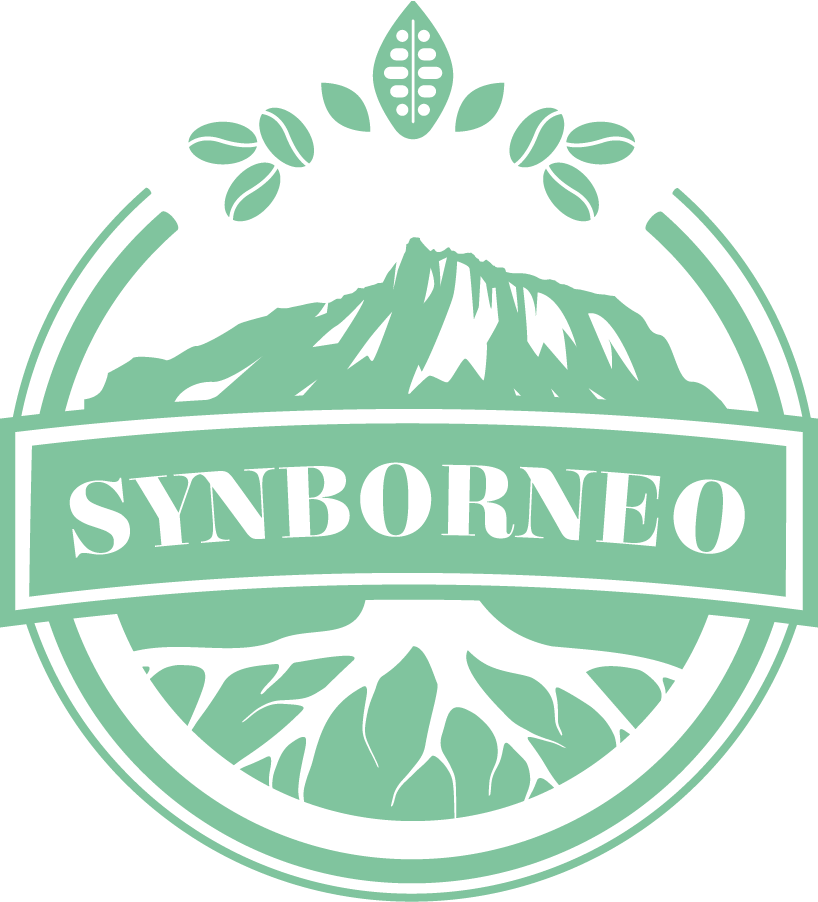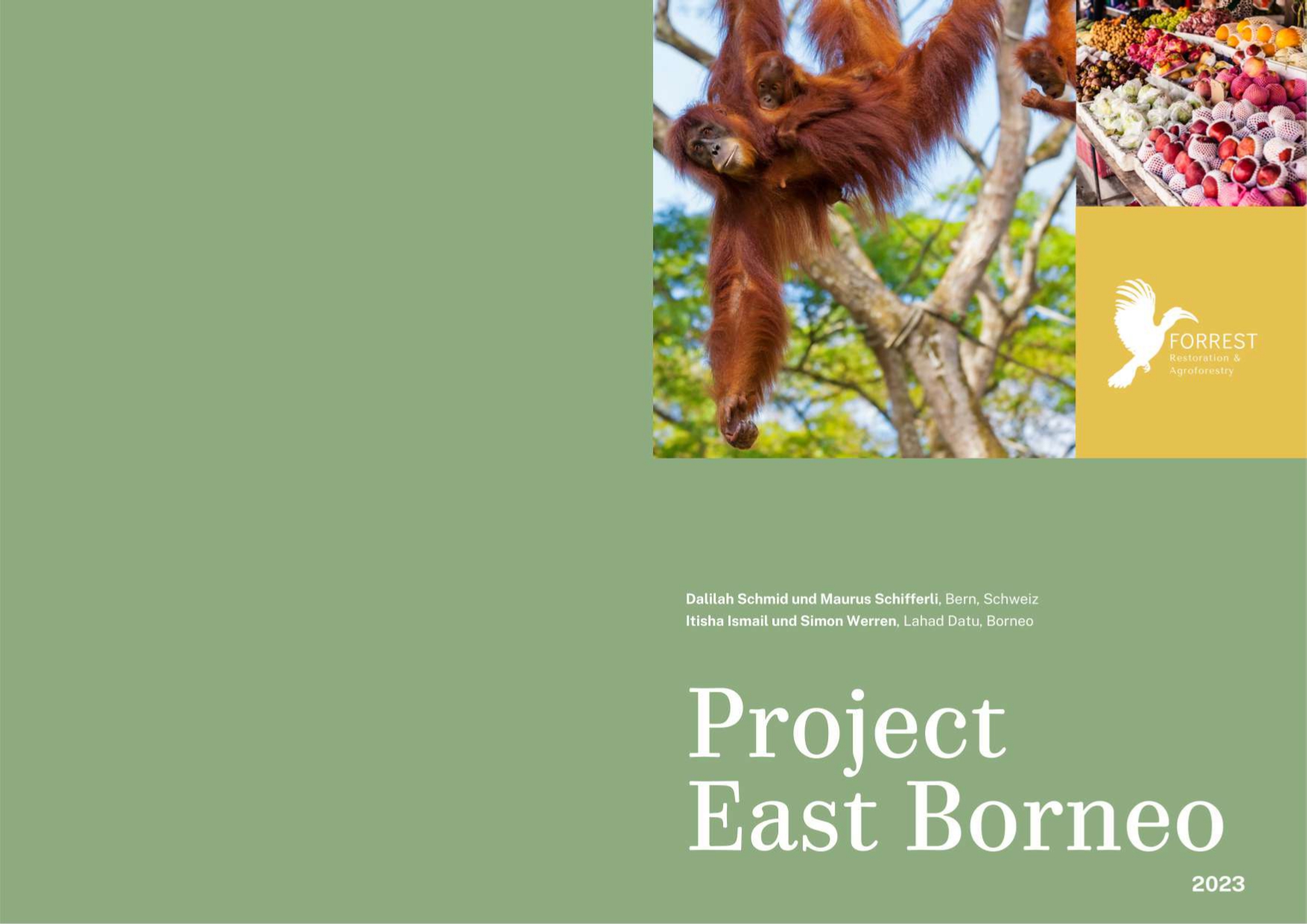Tel: +60 17 293 63 76 | Email : info@synborneo.org

Simon Werren
Dr. Saravana Kumar, MBBS (AIMST), has dedicated 16 years to the medical profession , specialising as a General Practitioner and Occupational Health Specialist for the last 8 years.
Since my Housemanship days in 2008, Sabah has been my cherished home."
Frequently Asked Questions (FAQ)
Is syntropic farming accessible to farmers of all economic backgrounds, or does it primarily benefit those with more financial resources?
Syntropic farming is not only for wealthy individuals, though certain aspects might make it appear more accessible to those with resources. Here's why this perception exists and how it can be addressed:
Perceived Exclusivity
1. Initial Investment: Requires time, knowledge, and money for tools and seeds, which can be a barrier for financially struggling farmers.
2. Education and Training: Understanding syntropic principles needs education, often more accessible to those who can afford workshops or expert advice.
3. Land Access: Suitable land might be easier for financially stable individuals to obtain.
4. Risk and Patience: Results are not immediate, which might deter those needing quick returns, often the case with less affluent farmers.
Making It Accessible
1. Community Support and Cooperatives: Sharing costs of training, tools, and seeds through community efforts.
2. Government and NGO Support: Providing grants, subsidies, and training programs to support small-scale and less affluent farmers.
3. Gradual Scaling: Starting small and expanding as results and confidence grow.
4. Knowledge Sharing: Utilizing online resources, open-source materials, and community workshops to make information more accessible.
5. Success Stories: Highlighting successful implementations by small-scale farmers to inspire and provide practical examples.
Conclusion
Though barriers exist, various strategies can make syntropic farming accessible to a wider range of people. With the right support and community efforts, it can be a sustainable option for farmers of all economic backgrounds.
What are the requirements for farmers interested in joining SynBorneo NGO?
To join SynBorneo NGO, farmers should:
1. Have a genuine interest in syntropic farming.
2. Demonstrate commitment to sustainable agriculture.
3. Possess knowledge or be willing to learn about syntropic farming.
4. Align with the NGO's mission and values.
5. Contribute financially through membership fees.
6. Adhere to ethical and legal standards.
7. Actively participate in activities and on-site farming.
8. Engage in continuing education and training.
9. Commit to a minimum of 10 years.
10. Own at least 2 acres of suitable land.
Benefits include access to knowledge/training, technical support, networking, financial assistance, market access, environmental benefits, community engagement, and access to cash crop markets.
What is Syntropic Farming?
Syntropic farming is a regenerative agricultural system developed by Ernst Götsch, a Swiss farmer and agriculturist. Ernst Götsch is known for his pioneering work in developing and promoting the principles of syntropic farming. Here's some more information about Ernst Götsch and his contribution to syntropic farming:
Ernst Götsch's Background: Ernst Götsch was born in Switzerland and worked as a researcher, farmer, and agricultural consultant. He spent many years in Brazil, where he developed and refined the syntropic farming system.
Syntropic Farming Principles: Syntropic farming, as developed by Ernst Götsch, is based on emulating the structure and functioning of natural forests. It involves creating highly diverse and layered agricultural systems, where different plant species are strategically placed to mimic the way plants grow in natural ecosystems.
Diversity and Stratification: A key aspect of syntropic farming is the stratification of plant species, with taller trees providing shade and support for shorter plants. This diversity helps promote natural processes of nutrient cycling, pest control, and overall system health.
Mulching: Syntropic farming utilizes deep mulching, where plant material, often pruned branches and leaves, is regularly added to the soil. This mulching not only conserves soil moisture but also enriches the soil with organic matter.
Minimal External Inputs: Syntropic farming aims to be self-sustaining and minimize the need for external inputs like synthetic fertilizers and pesticides. The system is designed to build and maintain soil fertility through natural processes.
Regenerative Agriculture: One of the primary goals of syntropic farming is soil regeneration. It focuses on restoring degraded soils and making them more fertile and productive over time.
Small-Scale and Large-Scale Applications: While syntropic farming can be applied on small-scale farms, it has also gained attention for its potential to scale up to larger agricultural operations.
Ernst Götsch's work has been influential in the field of regenerative agriculture, as syntropic farming offers a holistic and sustainable approach to farming that supports both food production and ecosystem health. His innovative ideas and practices have inspired many farmers and researchers to explore and adopt similar agroecological principles in their farming systems
What is the ifferences between Organic and Syntropic farming?
Ernst Götsch’s Syntropic Farming differs from organic farming in several key ways, focusing on the creation of self-sustaining ecosystems that mimic natural processes. Here’s a breakdown based on his principles and approach:
Key Differences Between Organic Farming and Syntropic Farming According to Ernst Götsch:
Organic Farming:
1. Principles and Practices:
- Chemical-Free: Uses natural methods and substances to replace synthetic fertilizers, pesticides, herbicides, and GMOs.
- Soil Health: Emphasizes crop rotation, green manure, compost, and biological pest control to maintain soil fertility.
- Certification: Requires adherence to specific standards and certification to be marketed as organic.
2. Approach:
- Input Substitution: Focuses on replacing conventional inputs with organic alternatives.
- Sustainability: Aims to sustain agricultural productivity while reducing environmental impact and ensuring long-term soil health.
3. Goal:
- Health and Safety: Produces food in an environmentally friendly way, avoiding synthetic chemicals and promoting consumer health.
Syntropic Farming:
1. Principles and Practices:
- Ecosystem Imitation: Designs agricultural systems that imitate natural ecosystems, using diverse plant species to create a self-sustaining environment.
- Continuous Soil Improvement: Enhances soil fertility and structure through constant organic matter input and minimal soil disturbance.
- Natural Succession: Utilizes the concept of natural succession, where plants are strategically planted to support each other and improve the system over time.
2. Approach:
- System Design: Focuses on creating synergistic relationships among plants, integrating trees, shrubs, crops, and ground cover to maximize positive interactions.
- Regeneration: Prioritizes the regeneration of soil and ecosystem health, aiming to create resilient and productive agricultural systems.
3. Goal:
- Ecosystem Regeneration: Develops agricultural practices that not only sustain but actively regenerate ecosystems, enhancing biodiversity and productivity.
Summary:
- Organic Farming emphasizes avoiding synthetic chemicals and maintaining soil health through natural methods, aiming for sustainability and consumer safety.
- Syntropic Farming, as developed by Ernst Götsch, takes a holistic approach by designing agricultural systems that mimic natural ecosystems, focusing on biodiversity, natural succession, and continuous regeneration to create self-sustaining and productive environments.
Götsch’s method goes beyond merely substituting inputs; it aims to transform agriculture into a process that continuously regenerates and enhances the environment, making it a more dynamic and integrated approach compared to traditional organic farming. Here you find the colorful version from Ernst Götsch personally!
What is the difference between Agroforestry and Syntropic farming?
Difference between Agroforestry and Syntropic farming
Agroforestry and Syntropic Farming are both approaches to agriculture that incorporate trees and other perennial plants into the farming system. However, there are some key differences between the two:
Philosophical Approach:
Agroforestry:
Agroforestry is a broader and more established practice that involves the intentional integration of trees, shrubs, or other woody perennial plants with crops or livestock. It focuses on the ecological and economic benefits of trees in farming systems.
Syntropic Farming:
Syntropic farming is a relatively newer concept with a strong philosophical and ecological basis. It is based on emulating natural ecosystems, particularly the principles of natural succession and stratification. Syntropic farming aims to create highly productive, self-sustaining, and regenerative systems that mimic natural forests.
Primary Objective:
Agroforestry:
The primary objective of agroforestry is often to diversify and enhance agricultural production, improve soil health, and provide various ecosystem services, such as shade, windbreaks, and habitat for wildlife.
Syntropic Farming:
Syntropic farming goes beyond just integrating trees; its primary objective is to create a system that closely mimics the structure and function of a natural forest. It emphasizes soil regeneration and long-term sustainability.
Management Techniques:
Agroforestry:
Agroforestry systems can vary widely in terms of tree-crop arrangements and management practices. They can include alley cropping, silvopasture, or windbreaks, among others.
Syntropic Farming:
Syntropic farming follows specific design and management principles, which include creating diverse, layered plantings with a focus on fostering natural processes of succession and nutrient cycling. It often involves deep mulching and minimal external inputs.
Inputs and Maintenance:
Agroforestry:
Agroforestry systems may or may not require substantial external inputs such as irrigation or fertilizers, depending on the specific design and goals of the system.
Syntropic Farming:
Syntropic farming strives to be self-sustaining and regenerative, minimizing the need for external inputs. It relies on the dynamic interactions between plant species to support soil fertility and health.
Scale and Context:
Agroforestry:
Agroforestry practices can be applied at various scales and in a wide range of contexts, from small-scale family farms to large commercial operations.
Syntropic Farming:
Syntropic farming, as a concept rooted in ecological principles, is often applied at smaller scales and with a strong emphasis on sustainable, regenerative agriculture.
In summary, while both agroforestry and syntropic farming involve the integration of trees into farming systems, they differ in their underlying philosophies, primary objectives, management techniques, and approaches to sustainability and regeneration. Syntropic farming is a more specific and ecologically focused approach, whereas agroforestry encompasses a broader range of tree-crop arrangements and management practices.
